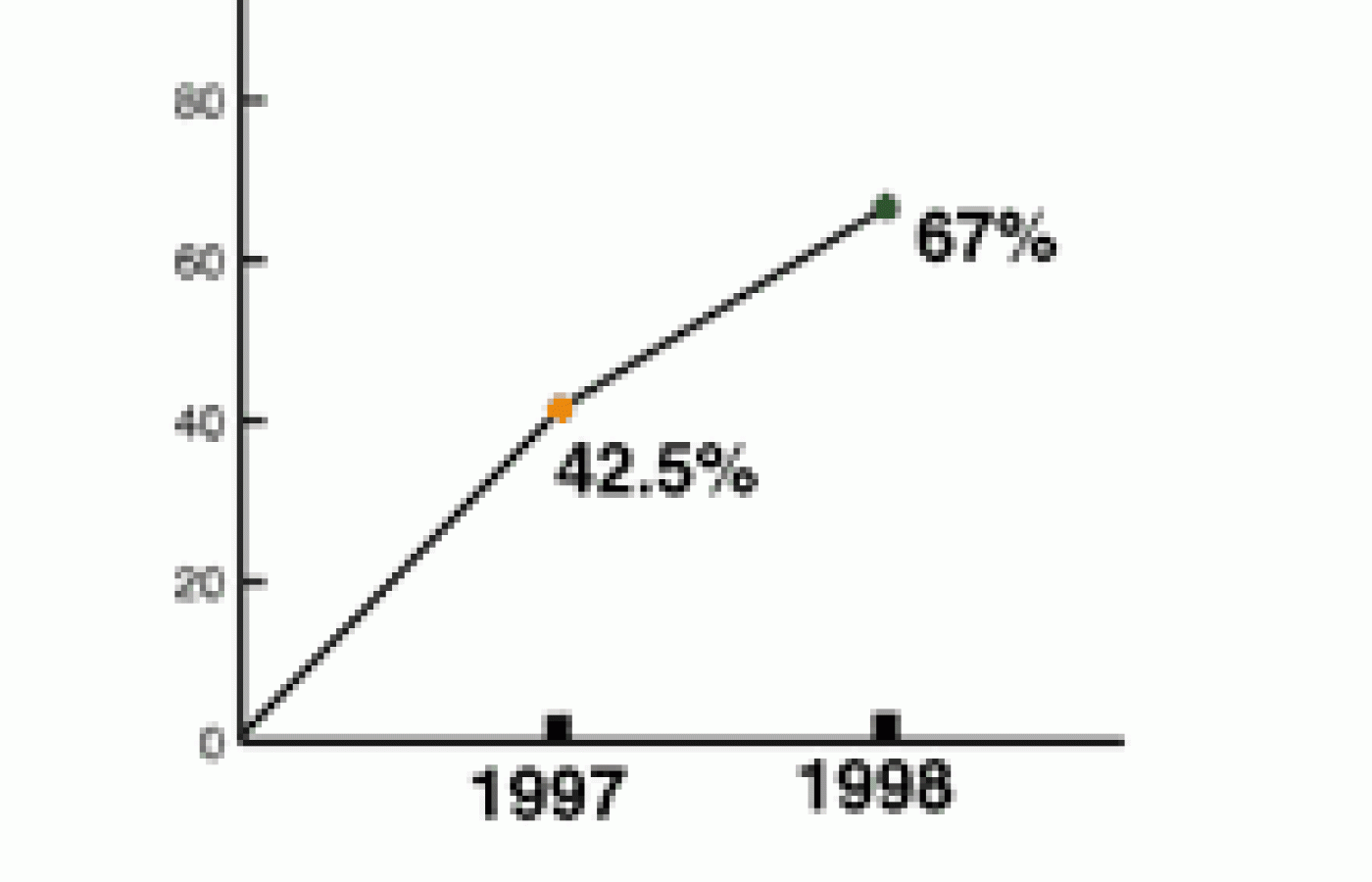Some doctors thrive in a personality-based clinic and have a loyal following no matter what services or equipment they offer, but for most chiropractic offices who are trying to grow and expand, new equipment purchases help us stay relevant and continue to service our client base in the best, most up-to-date manner possible. So, regarding equipment purchasing: should you lease, get a bank loan, or pay cash?
Survey of HMOs Finds Greater Alternative Care Access
The second Landmark survey1 of Health Maintenance Organizations (HMOs) has just been published, and there are some surprising new findings. The first study (please see "HMOs Moving toward chiropractic" in the May 19, 1997 issue or on line at http://www.chiroweb.com/archives) demonstrated how HMOs were beginning to include chiropractic in significant numbers.
Data for this newest survey was collected through telephone surveys of 114 senior HMO executives (approximately one-quarter of the HMO market). Here is how the inclusion of "alternative care" in HMOs has changed over the last two years:
Inclusion of "Alternative Care"
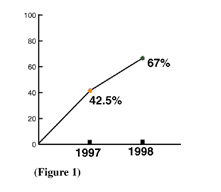
The Landmark researchers asked some questions that were not included in the previous survey:
Types of Alternative Care Currently Offered by HMOS:
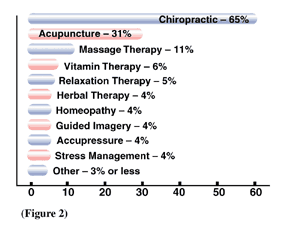
Unfortunately, not all members of HMOs have access to alternative care. One series of questions that addressed this issue found that approximately 48% of HMO members on average currently have access to alternative care. This number is expected to rise to 56% in the next two to three years.
As was the case in the 1997 survey, the greatest reason for offering alternative care was market demand:
Reasons HMOS Offer Alternative Care

Surprisingly, 37% of the HMOs do not require a referral from a "primary care physician" for access to alternative care; 12% sometimes require the referral, and 51% do require it. However, 79% of the HMO managers believe that alternative care should be "medically managed," with 80% using their medical director for that purpose.
Perhaps the most interesting question was:
What Is the Effect of Alternative Care on Total Health Care Costs?

The comparison between those HMOs that offer alternative care and those HMOs that don't is interesting:
Believe Alternative Care Reduces or "Nets Out Evenly" Total Health Care Costs
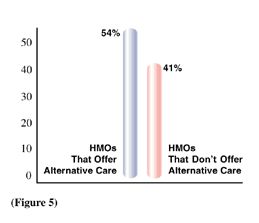
Those Who Said Alternative Care Would Increase Costs Commented:
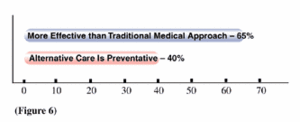
Those Who Said Alternative Care Reduces Costs Asserted:
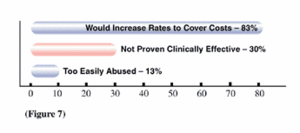
Readers should be cautioned about assuming that these responses to "alternative care" questions would be the same for chiropractic specifically. The list of potential forms of care that could be labeled "alternative" greatly exceeds most chiropractic practices. Nevertheless, the results of this survey are very encouraging for doctors of chiropractic and other alternative providers. The results are also consistent with other studies.2 The only caveat here is that HMOs appear to be much slower at incorporating alternative care than the rest of the health care marketplace.
References
1. The Landmark Report II on HMOs and Alternative Therapy. 1999 nationwide HMO study of alternative care. (Editor's note: Selected findings of the study can be viewed at http://www.landmarkhealthcare.com . The complete report can be downloaded for $35 at their web address, or you can order the report by calling 1-800-638-4557. You can also contact them by mail:
Landmark Healthcare,Inc.
1750 Howe Avenue, Suite 300
Sacramento, CA 95825
2. Eisenberg DM, Davis RB, Ettner SL, Appel S, Wilkey S, Rompay MV, Kessler RC. Trends in alternative medicine use in the United States, 1990-1997. JAMA 1998;280:1569-75.
